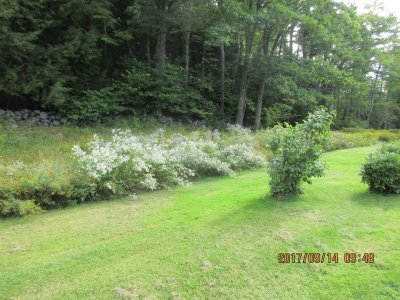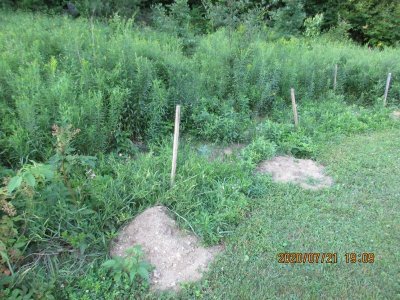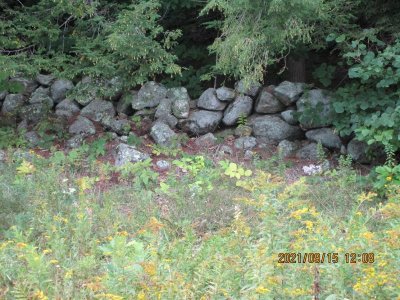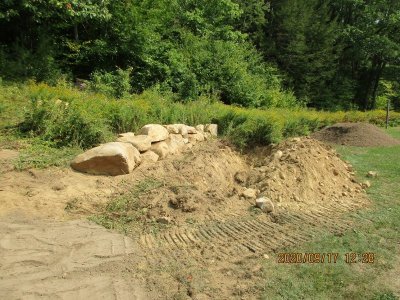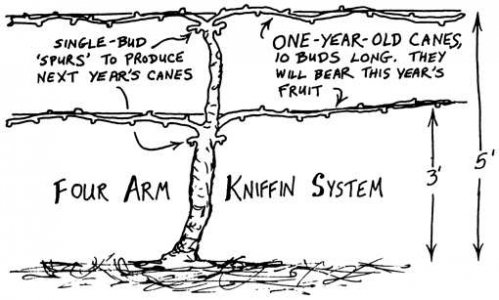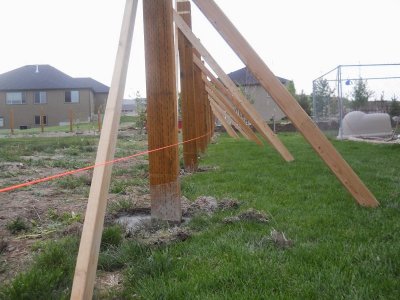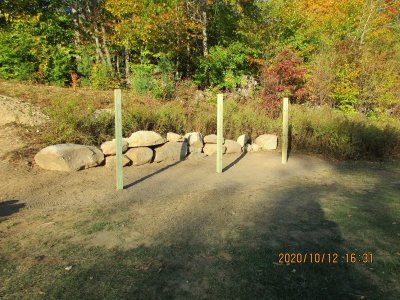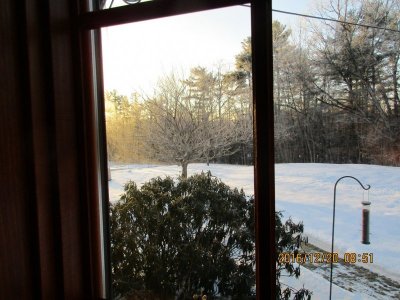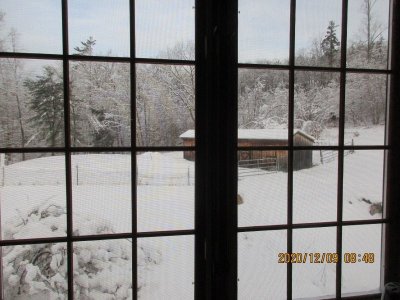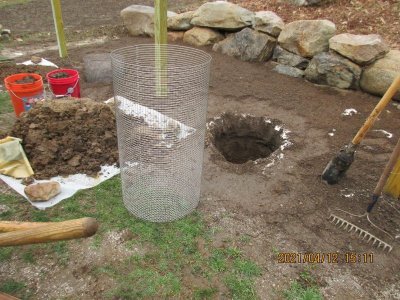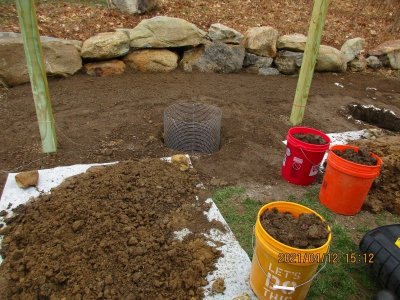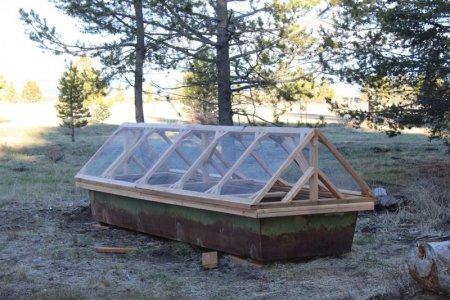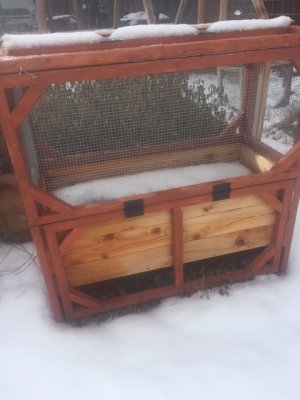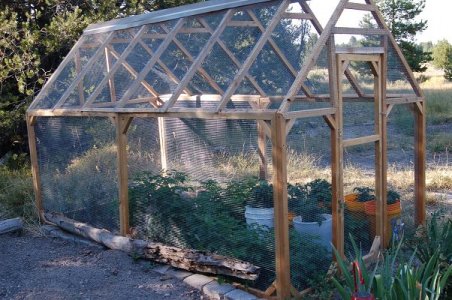Choosing Vines
October 2020. It's time to decide what kind of grapevines to buy and where to get them …
According to the internet there are over 8000 varieties of grapes.
8000! How to choose???
Well, our vines will absolutely have to be hardy enough to make it through our cold northern New England winters. I’ve probably driven through the beautiful wine country in central New York state over a hundred times, but it looks like our current location is just enough further north to make a difference in which varieties will survive.
Then too, we know we want “table grapes”. The majority of grapes varieties are “wine grapes”. During our “before children” days, my wife and I made wine … quite a bit of it actually. Been there, done that, got a few proprietary bottle labels around here somewhere as souvenirs. We also know we want seedless grapes. Those two things will help to limit the options … well, somewhat.
And of course it also depends on what’s available. So I called our local garden center and asked what types of grapevines they sold.
Long puzzled silence . . .
"We don’t sell grapevines.” Hmmmm … Then, in a blinding flash of the obvious, I contacted an area college and spoke with their grape expert.
Jackpot!!!
She not only recommended several suitable varieties but also pointed me to a reliable seller – Double A Vineyards in Fredonia, NY. Their web site contains a wealth of helpful information,
I was surprised to learn that grapevines need to be ordered about six months in advance. I looked over their offerings and chose a variety called “Canadice” and one called “Mars”. I’m not particular about the color, but for the record Canadice grapes are red; Mars are blue.
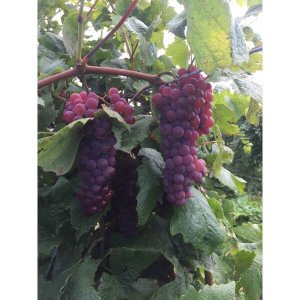
Canadice
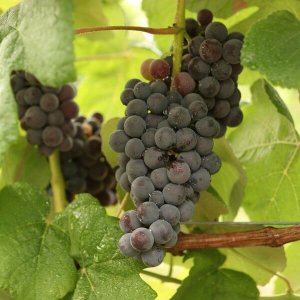
Mars
I know that winter kill will be a very real threat to our new vines, and by the time we discover a loss it will be too late to get a replacement. I ordered two of each … one to be the primary vine and the other to serve as a backup. I chose to have them delivered during the third week in April.
Some wisdom from the vineyard.
Not every grapevine is suitable for every purpose or setting. A vine that thrives on the hot, sunny slopes of Spain would wither and die in New Hampshire. Grapes that make a wonderful Merlot would probably make a terrible grape jam. But every variety has a setting and a purpose for which it is suited and in which it can shine. The trick is in making the right choice.
So it is with people. We each have characteristics and abilities that make us well equipped for some tasks but poorly suited for others. Likewise, we each have countless opportunities to serve in roles that may or may not make the best use of our unique talents. Pray to the Lord for guidance in making wise choices.
1 Corinthians 12:4 There are different kinds of gifts, but the same Spirit distributes them. 5 There are different kinds of service, but the same Lord. 6 There are different kinds of working, but in all of them and in everyone it is the same God at work.
